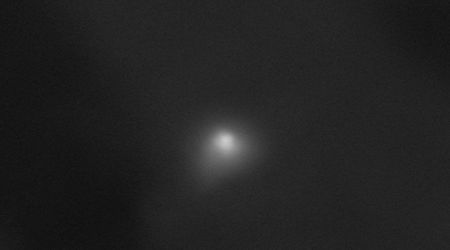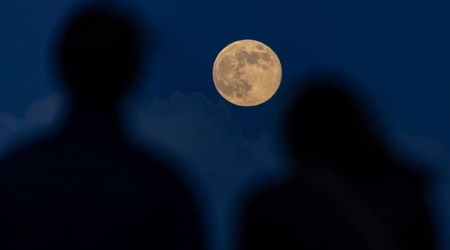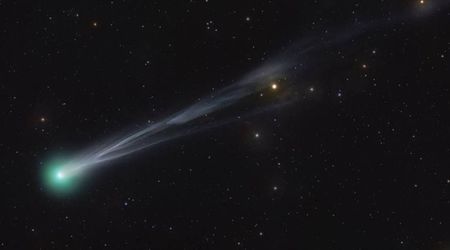Moon phases 2025: When is the next full moon?
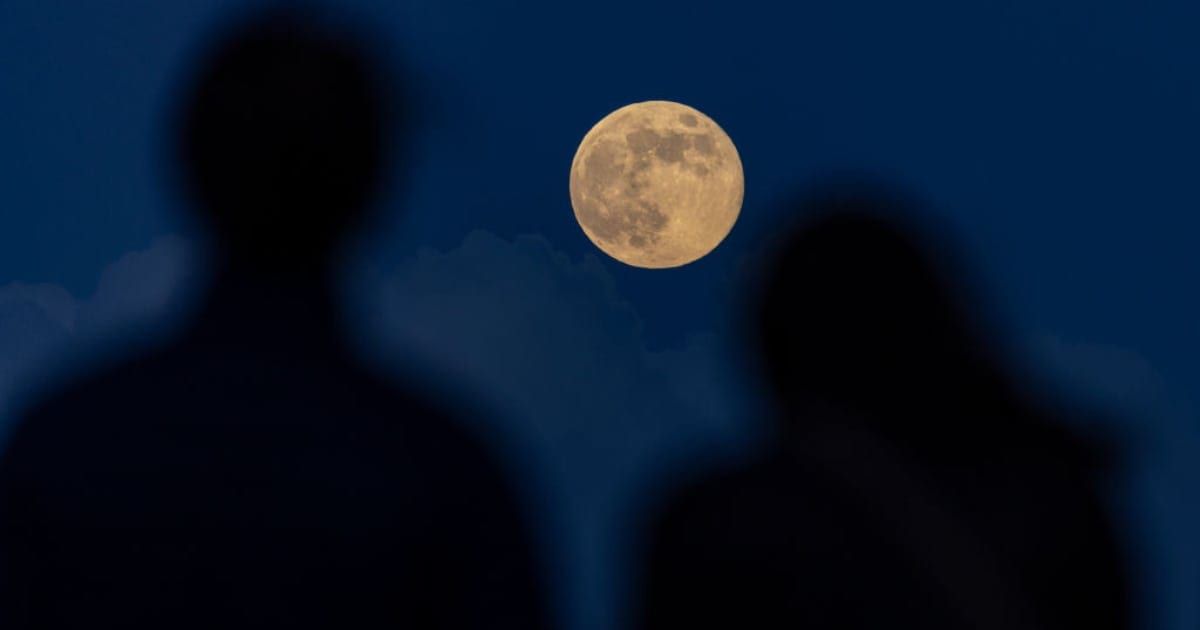
Stargazers are marking their calendars for the final two opportunities of the year to witness a Full Moon. The celestial event will next occur on November 5 at 8:19 a.m. EDT, known traditionally as the Beaver Moon. Following closely, the final Full Moon of 2025 is set for December 4 at 6:14 p.m. EDT, referred to as the Cold Moon, as per Royal Museums Greenwich.
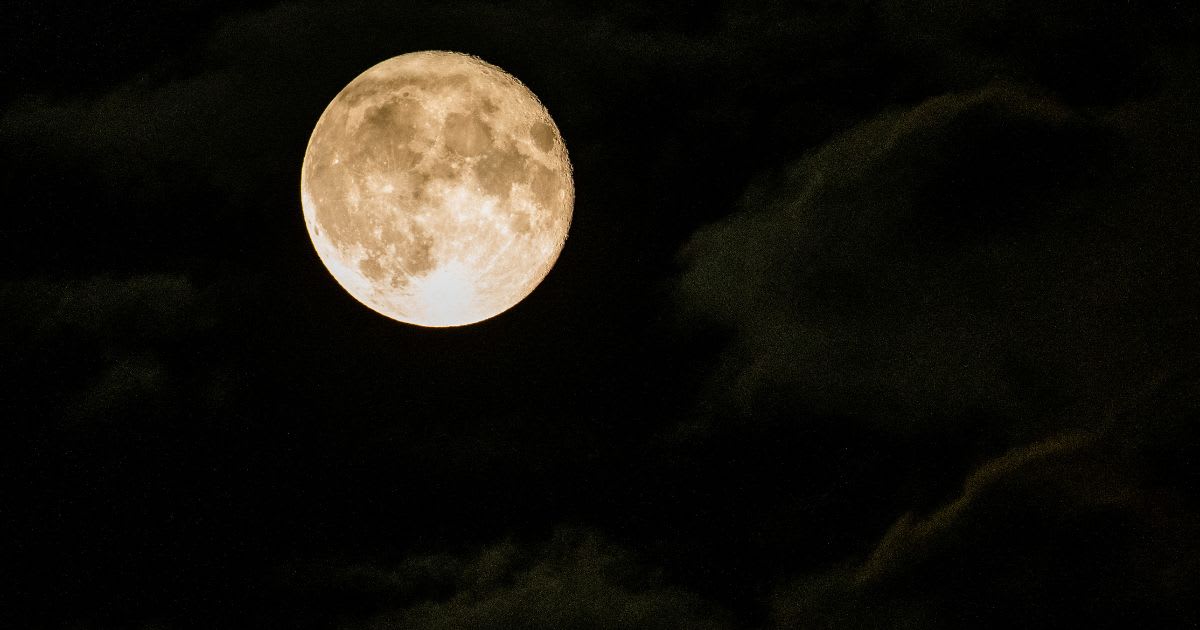
A Full Moon represents the peak illumination of the lunar surface. From our perspective on Earth, this is when the Moon is positioned precisely opposite the Sun, allowing the Sun's light to fully reveal the Moon's dayside. According to NASA, during this phase, the Moon appears on the horizon just as the Sun sets and then disappears as the Sun rises the following morning.
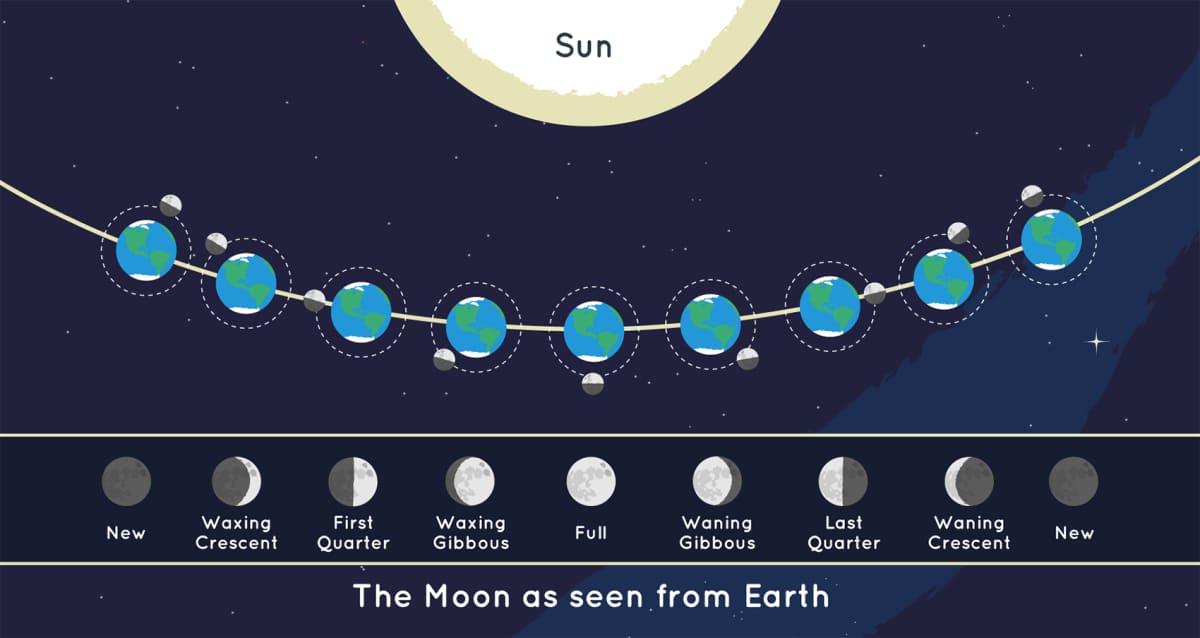
A Full Moon is a standard occurrence, appearing approximately every 29.5 days, which is the duration of one complete lunar phase cycle, per Royal Museums Greenwich. Historically, the concept of a "month" was directly derived from the Moon's phases. However, the modern 365-day solar calendar has led to months of varying lengths, disrupting the strict one-to-one correspondence between a calendar month and the lunar cycle. This slight misalignment means it is occasionally possible for a calendar month to contain two Full Moons, a phenomenon popularly termed a "Blue Moon."

The official times listed for a Full Moon often refer to a moment when the event seems impossible, during the day. This is because the stated time marks the precise instant of syzygy: the perfect geometric alignment of the Sun, Earth, and Moon where they form a near-straight line. This exact moment of opposition can occur at any hour, day, or night, irrespective of local viewing conditions. Therefore, while the astronomical maximum might be in the afternoon, the Moon will still appear visibly full to observers during the night immediately preceding or following the recorded time.
The distance separating the Earth and the Moon is not static. Due to the Moon's elliptical orbit, meaning its path around the Earth is oval, not perfectly circular, its distance from our planet constantly shifts. The point in the Moon's orbit where it is closest to Earth is defined as the lunar perigee. Conversely, the point where it is farthest is known as the lunar apogee. The popular term "Supermoon" is used to describe a Full Moon that occurs when the Moon is simultaneously near its perigee, resulting in a noticeably larger appearance in the night sky.
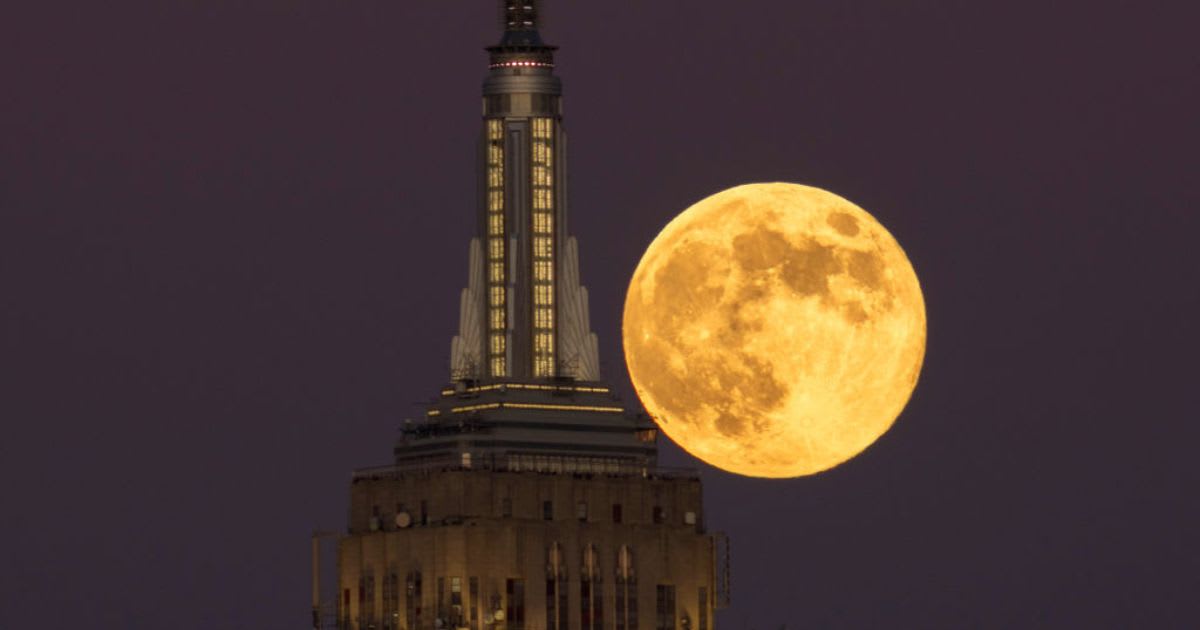
The Full Moon event for October has already taken place, bearing the traditional title of the Harvest Moon. This designation is given to the Full Moon that falls closest to the autumnal equinox. The Moon officially achieved its peak 100% illumination, the precise moment it was directly opposite the Sun, on October 7 at 3:48 a.m. UTC. For North American observers, this maximum occurred late on the evening of Monday, October 6, translating to 11:48 p.m. EDT and 8:48 p.m. PDT.
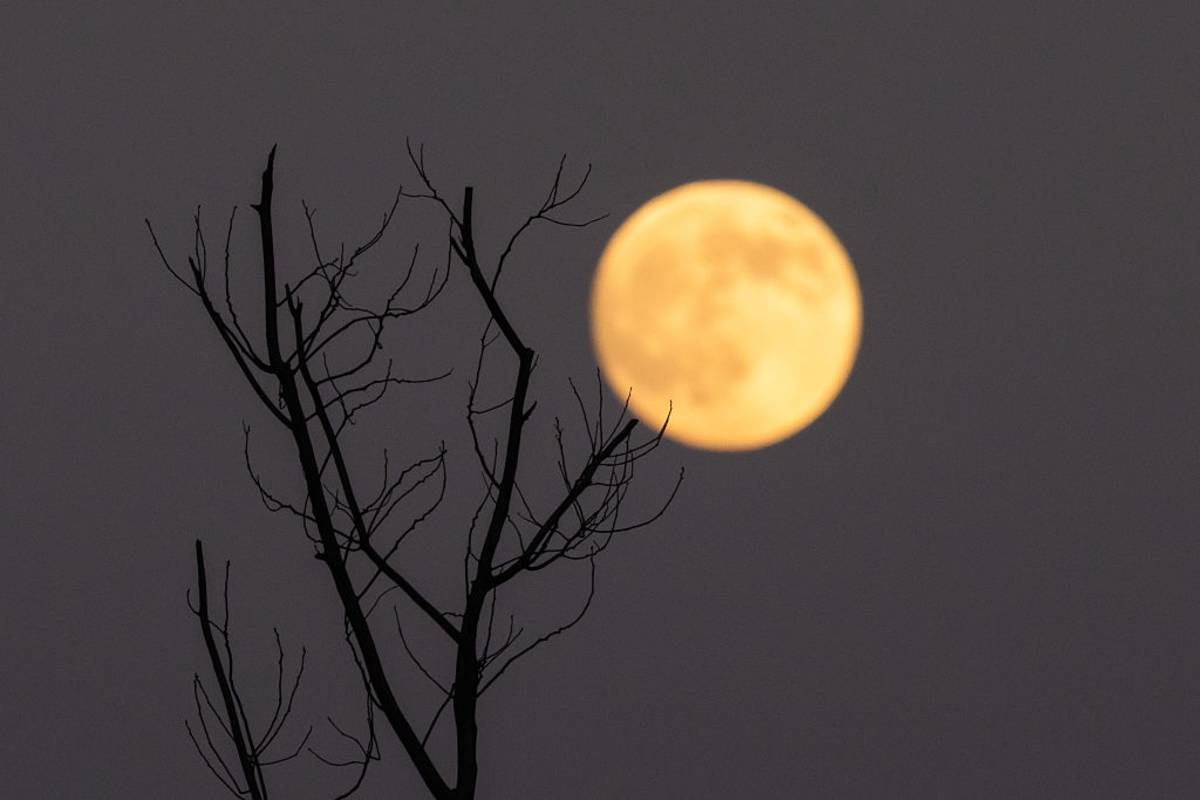
More on Starlust
October's Harvest Moon kicks off the 2025 supermoon series
First supermoon of 2025 to light up the sky today—when to spot it in its full glory
